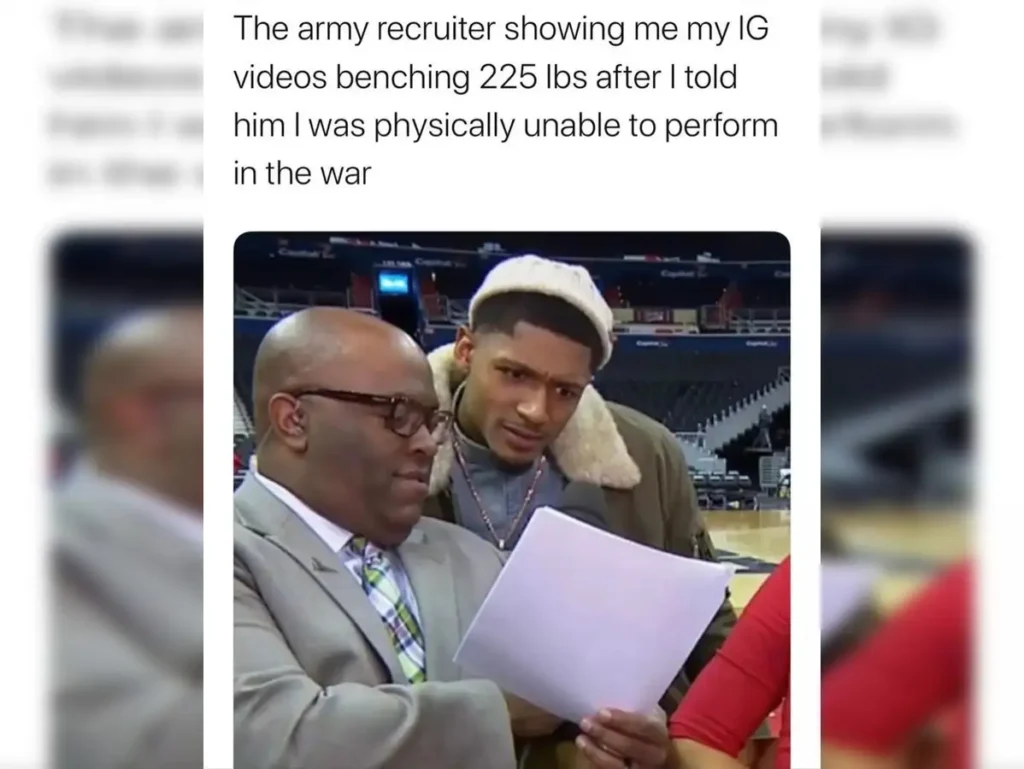Date: June 22, 2025
By: ysh
1. What’s Going Viral: WW III Memes Take Over Social Media
Over the past week, the conflict between Iran and Israel—marked by missile exchanges and escalating tensions—has triggered a dramatic spike in anxiety online. Searches for “World War III” surged by roughly 2,000%, and questions like “is the US going to war?” jumped a staggering 5,000%
Yet, rather than widespread panic, social media is being flooded with dark humor and memes. Platforms like TikTok and Instagram are awash with edgy content featuring upbeat songs, ironic fashion tips, and satirical captions such as:
“Is this gonna affect my SHEIN order?”
“Outfit ideas for WW3” nypost.com
It’s a surreal blend of anxiety, satire, and survival through humor—a digital coping mechanism in a time of global tension.

2. The Meme-Age Coping Strategy
A. Dark Humor as Collective Therapy
Psychologists often describe gallows humor as a way to confront fear with laughter. Sharing memes about potential global destruction allows young people to edge close to their fears—war, displacement, uncertainty—without becoming overwhelmed by them. It’s a communal way to say: “We see the threat. We acknowledge our fear. Now let’s laugh and process it together.”
B. Satire Meets Anxiety
While the humor is undeniable, under the jokes is real unease. Reddit threads titled “Is WWIII slowly happening?” are filled with users expressing fear and uncertainty—even as they share meme templates nypost.com. The laughter, it seems, is a cover for legitimate anxiety.
3. Meme Culture in Action: From Warzones to Wardrobes
A. Outfits of the Apocalypse
TikTokers are creating reels listing “Outfit ideas for WW3”—military-inspired fashion looks that merge lethal seriousness with runway-ready “fitspiration”. These videos gather thousands of views, underlining how youth fashion and global catastrophe are being mashed together in viral creative expression
B. Trendy Sound Effects in a War Context
A TikTok video showing helicopters eerily soundtrack to a pop track—like Kesha’s “Blow”—has gone viral. Users pair it with captions like “Wdym WW3 has started?” It’s this contrast between upbeat vibes and doomsday visuals that fuels their shareability nypost.com.
4. Generational Shift: Meme Response vs Traditional Reporting
A. Information vs Emotion
Older generations lean on traditional news to process geopolitical events. Gen Z, however, often processes emotion first—through memes and social sharing—and turns to factual news second. The digital flow now looks like: sense of dread → meme response → informational catch-up.
B. Humor as Global Glue
These memes rapidly cross borders, giving people worldwide a shared shorthand for their anxiety. Even amidst genuine fear, humor helps create a sense of solidarity: “Everyone’s laughing because everyone’s afraid.” It’s digital bond-strengthening in times of stress.
5. Caution: When Satire Feeds Fear
This meme wave isn’t harmless. Satirical captions like “Is this gonna affect my SHEIN order?” may trivialize complex global issues, blurring the lines between reality and humour. Fake or unverified accounts—like those posing as Iranian state media—have posted ominous messages like “everyone will feel it,” inflaming tension
Without awareness, viewers may mistake satire for fact. This raises concerns about misinformation and the emotional impact of all this content.
6. Why It Matters for Brands, Creators & Media
A. Brand Engagement and Sensitivity
Brands need to understand that topical memes grip young audiences. If done thoughtfully, brands can engage with trending themes in ways that show empathy—without humorizing crisis. Missteps risk appearing tone-deaf or opportunistic.
B. Media Opportunities
Publishers have a chance to blend meme trend analysis with real-world coverage. Creating content that explains both the humor and the fear—like “Why these memes matter” or “Memes as modern PTSD signals”—can earn both reach and resonance.
C. Academic Insight
For psychologists and social scientists, this surge is a living example of digital-age coping. It may offer clues about modern anxiety, collective stress, and how humor functions as psychological shield during global turmoil.
7. Digital Responsibility in Meme Era
- Fact-check aggressively — satirical accounts should carry disclaimers.
- Promote media literacy — platforms and creators should help users navigate real vs fake.
- Offer mental-health resources — meme threads can include links to support services, especially during tense geopolitical moments.
8. So, Where Do We Go From Here?
Gen Z memes are a bridge between anxiety and action—laughing so they don’t break. But this cultural moment carries deeper meaning: fear, solidarity, misinformation risks, and branding opportunity.
As conflicts evolve, so will the memes. And so must our approach—balancing levity with responsibility, connection with clarity, and laughter with empathy.
🧭 Final Words
What started as a search spike turned into a meme phenomenon—revealing as much about global anxiety as about humor’s role in 21st-century crisis. Gen Z’s “Is this gonna affect my SHEIN order?” captures the tension between daily life and global disruption. It’s a generation finding laughter amid uncertainty—and perhaps offering a new kind of shared resilience.


